The Green Dream: Incorporating Sustainability in Commercial Interior Design
Amtico Commercial Marketing Manager Louisa Eyles explains why, as well as how, sustainability is becoming a key part in commercial interior projects.
What is sustainability? How can it be embedded into commercial interior design? Here at Amtico, we have thought long and hard about it – and not just in a corporate “green wash” way, or for a quick-fix PR win. Quite the opposite actually. It’s about putting words into action. It’s about responsible foundations.
[Find Amtico on the BCFA Product Finder]

The road to a sustainable future
The first thing to say is that sustainability is a journey not a destination. That’s true not only for manufacturers of premium products, like Amtico, but also for designers, architects and constructors. It’s about making step changes towards sustainability that cumulatively make a difference. That’s why we’ve spent the last couple of years really digging deep into these issues and putting a five-year sustainability plan together, so we can set real, achievable targets.
Dame Jane Goodall, the world-renowned expert on chimpanzees and Global Ambassador for the United Nations, once said: “What you do makes a difference…you have to decide what kind of difference you want to make.” This also holds in the world of commercial interiors. We’ve seen change already happening in business and industry. According to PWC, which has reviewed sustainability reporting across the FTSE top 350 companies, 84% of those companies have set out a clearly-defined sustainability strategy – and consumers are making changes, too. In the UK, 73% of consumers want to become more sustainable, according to Garnier, whose survey found 2020 was ‘a wake-up call’ to protect the environment for over half of their survey participants.
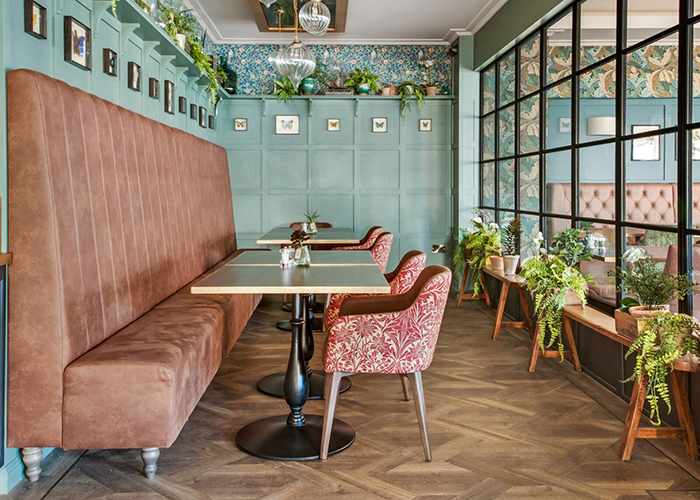
Changing attitudes and procurement
It’s not just consumers or big businesses who are moving in the direction of sustainability, environmental conscience and greener thinking. It’s also developers, builders, facilities managers and interior designers. Collectively there seems to be a determined and prolonged move towards a more sustainable way of life – and that’s entirely true for the commercial interior design industry as well. We’re seeing these changes manifest themselves because there are strong shifts in attitude and approach in industry.
Defining sustainability
There myriad definitions online, but in a commercial interiors context, this definition of sustainable design was the one I liked the most: it’s about the creation of interior environments that use principles such as functionality, accessibility, and aesthetics with a focus on people and planet. Sustainable design is about being guided by considerations to help reduce energy consumption, pollution and waste and put people at the heart of the design.
So how to put this lofty definition into action? Like many journeys worth taking, this isn’t the easiest, or without challenge. It helps to think of sustainability in commercial interiors in three categories or pillars.
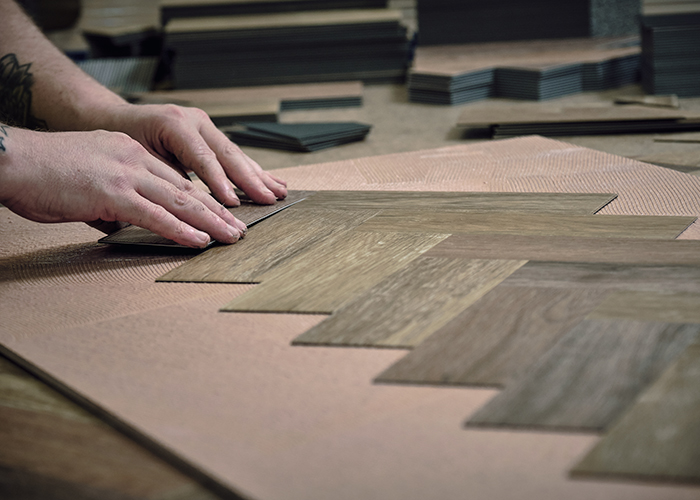
Sustainable concept
The first – and by definition most important – of these pillars is to take the decision, right at the beginning, to commit to taking a sustainable approach to the entire project. As the design concept comes together and the aesthetic is designed and chosen, sustainability needs to be built in right from the beginning. That way it underpins all the subsequent choices. As attitudes have shifted – whether through personal choice or government intervention – architects and interior designers are already working hard to make the concept of sustainable design a reality in many projects. The good news is that they are being supported, both in word and in financial terms, by property developers, key commercial clients and manufacturers, like us at Amtico.
Sustainable materials
The next important step is to take into account the lifecycle and long-term environmental impact of the materials incorporated into commercial interiors. It’s imperative to ascertain how environmental impact has been mitigated throughout all phases of production, as well as waste management and energy use. Amtico, as an example, recycles 100% of production waste into other useful products. Each and every design choice can be made that both improves the design and delivers on the decision to act sustainably.
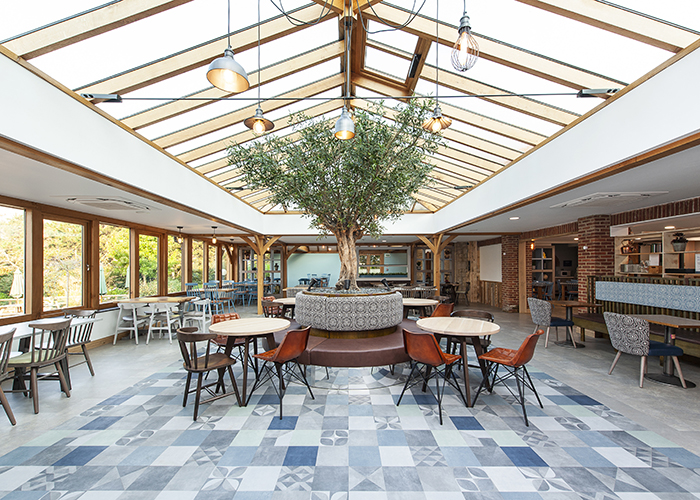
Reducing the environmental impact of transporting goods is key too – as a British manufacturer, Amtico’s Signature and Spacia LVT collections are made in right here in Coventry. Finding local suppliers when specifying products goes a long way to reducing the huge impact of distribution and use of fossils fuels for shipping.
Sustainable impact
Lastly, think carefully about the impact design has on the people who will actually live, work or play in the environments created. Commercial interior designers are working with manufacturers to make great strides in this area. Understanding how the built environment can actually enhance lives, whether through biophilic design approaches or embedding occupants’ wellness as a metric for success, interior designers continue to see that their work with sustainable design can make a significant contribution to the wellbeing of people.
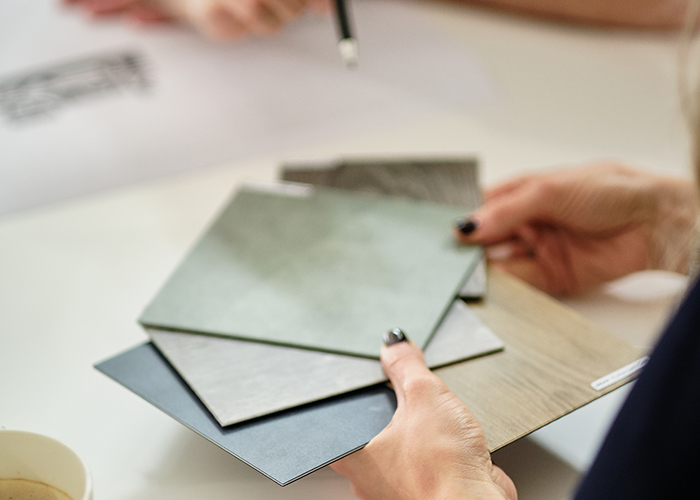
Working in partnership
My final point is: you’re not alone! What we’ve seen over the last few years is that commercial interior designers and manufacturers are moving forward together to meet sustainability goals. As you would expect, here at Amtico we are firmly committed to becoming climate leaders. This means we are diligently working at reducing our carbon footprint, eliminating waste, investing and innovating in sustainable manufacturing and playing our part in caring for people and the planet.
And that’s why we love working with commercial interior designers towards a better and more sustainable future. The steps we can take maybe small, but together they can make a big difference.
You can learn more about what Amtico’s commitment to responsible foundations by reading its five-year sustainability plan here: https://www.amtico.com/commercial/sustainability/
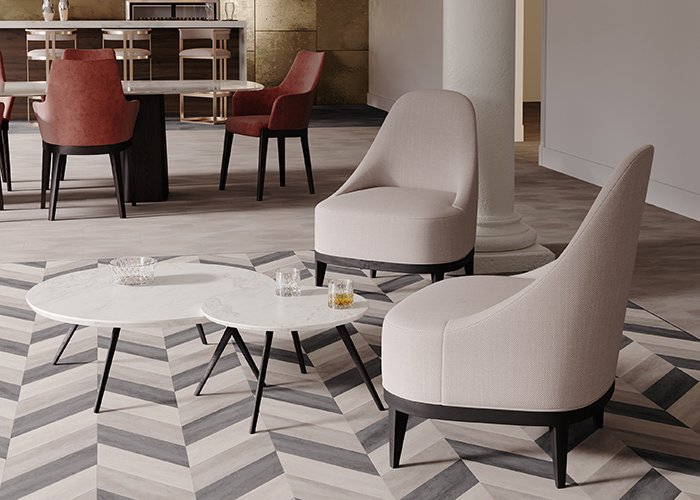
Contact Amtico through BCFA Product Finder.
The BCFA Product Finder is a unique search engine created especially for interior designers to source contract furnishing companies. Utilising this platform will support your findings for upcoming projects, with over 200 members profiles showcasing the latest product launches, new materials available, industry news and design trends.




